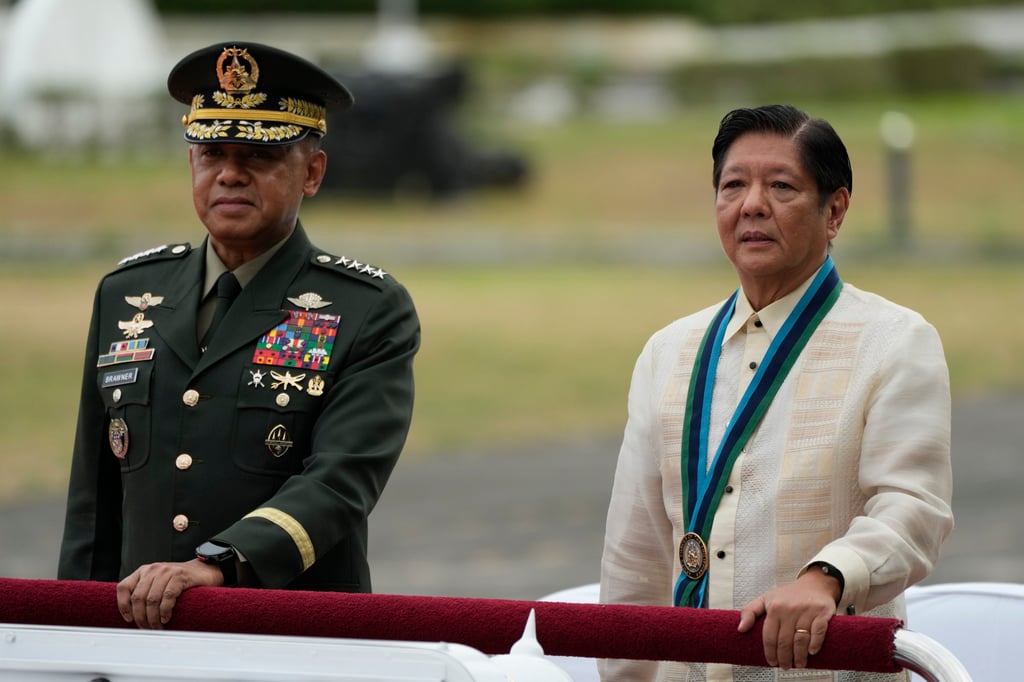Taiwanese lawmaker Chen Yeong-Kang leaned forward in his overstuffed chair in an anteroom of Taiwan’s Legislative Yuan as he considered the changes expected with Donald Trump’s return to the White House.
“When we see the Trump administration, we believe that it’s about flexible diplomatic methods,” Chen, a former admiral, said. “But I believe that every US president recognises and focuses on the importance of the peace and stability across the Indo-Pacific region, and of course, in Taiwan.”
Some 1,200km (745 miles) south, military and civilian officials in the Philippines sang a similar tune, arguing that precedence and long-standing ties with the United States were likely to prevail, while pointing out that Trump coined the “free and open Indo-Pacific” strategic concept during his first term.
“We fought together during World War II,” General Romeo Brawner Jnr, the Philippines’ armed forces chief of staff, said shortly after Trump was elected in November. “Even now, as we face other threats in the region, they still continue to support us.”
Leaders worldwide are busy fine-tuning their strategy ahead of Trump’s second term, but the activity has taken on particular urgency for those on the front lines of Beijing’s growing military might.

Officials in Taiwan and the Philippines, facing near-daily showdowns with Beijing’s powerful People’s Liberation Army (PLA), suggest similar road maps for Trump 2.0 – depend less on Washington, more on themselves, appeal to his deal-making persona, and hope for the best.
